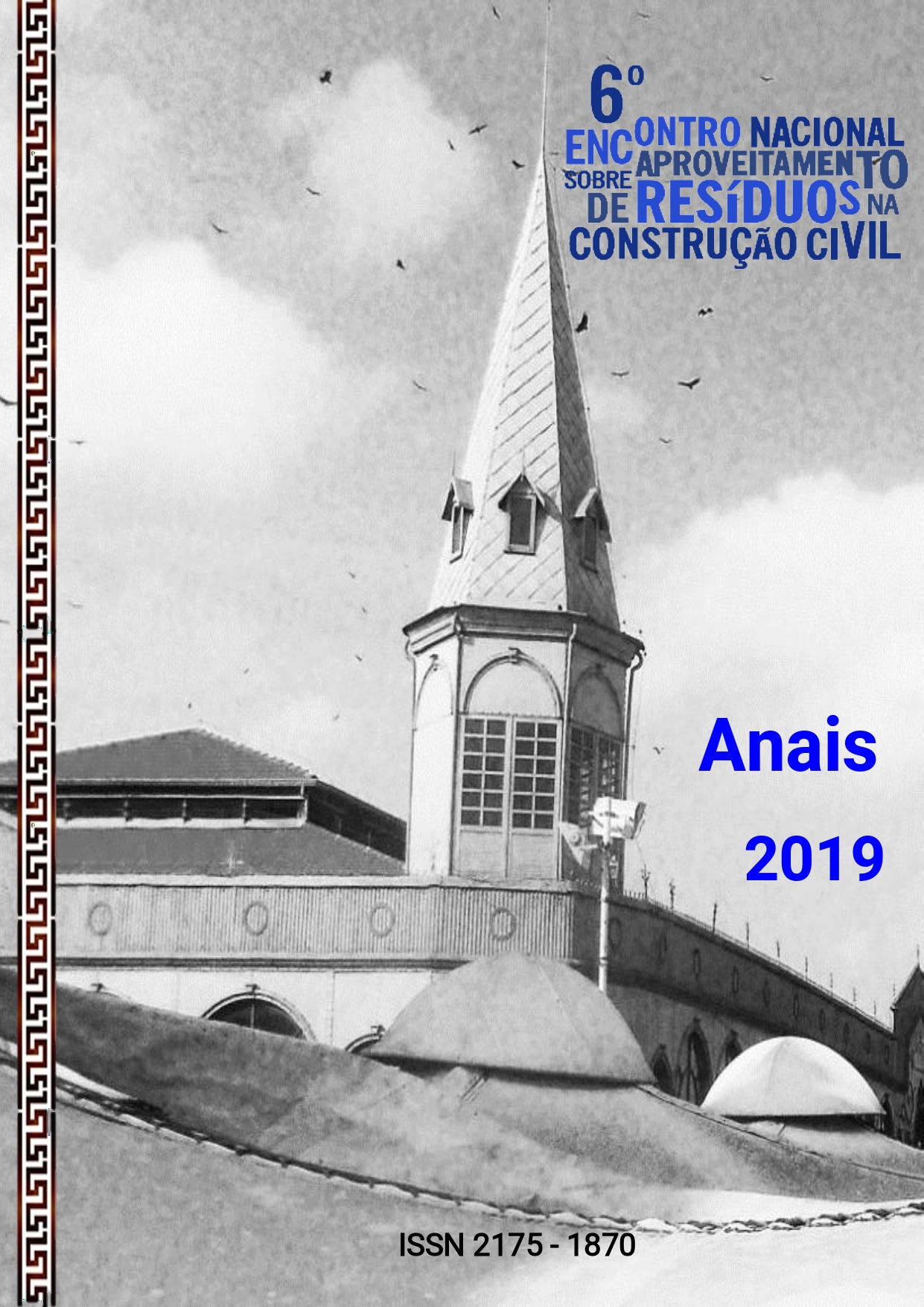AVALIAÇÃO DO CICLO DE VIDA EM ARGILAS CALCINADAS PASSÍVEIS DE USO EM LC
Keywords:
Clay waste, Calcined Clay, Cement, LC3Abstract
The search for binders with characteristics equivalent to Portland cement is justified in the intention of reducing the environmental impact caused by the cement industry. Therefore, the cement known as LC3 (limestone calcined clay cement) is considered greener, because it predicts a replacement of at least 50% of clinker, main responsible for atmospheric pollutants emissions in the Portland cement production. One of the incorporated materials is the calcined clay, which acquires pozzolanic properties after thermal activation at a lower temperature than the clinker production. In this study, two types of clays that could be used in LC3 were evaluated: one natural from a deposit and a residue from the extraction of coal. The purpose was to analyze the difference between residue and natural material and their benefit processes for use in LC3. The methodology used was the Life Cycle Assessment, with emphasis on global warming potential. It was also evaluated the chemical and pozzolanic properties, aiming to identify witch clay has the most interesting properties for use in LC3. Results point to lower environmental impact of the residue but better characterization of the natural clay, although the residue meets the normative requirements.

